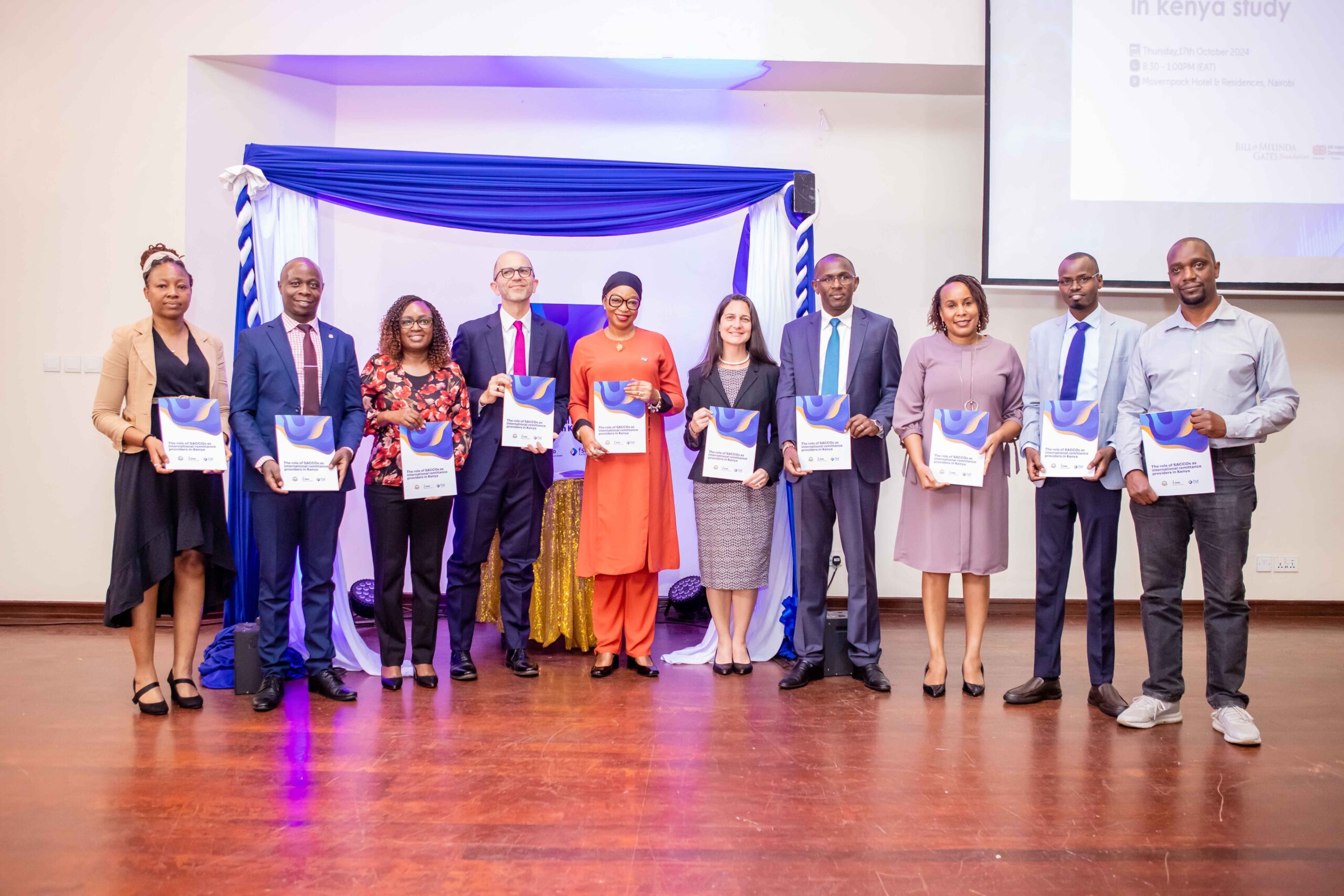A new report has revealed the immense untapped potential of Savings and Credit Cooperative Organizations (SACCOs) in enhancing financial inclusion and economic growth through international remittances. Conducted by Financial Sector Deepening Kenya (FSD Kenya) and the Sacco Societies Regulatory Authority (SASRA), with sponsorship from the International Fund for Agricultural Development (IFAD), the study sheds light on how SACCOs can become pivotal in streamlining remittance services, especially in rural and underserved areas of Kenya.
The report, titled The Role of SACCOs as International Remittance Providers in Kenya, highlights both the challenges and opportunities that SACCOs face in the remittance landscape. With remittances to Kenya reaching an impressive USD 4.19 billion in 2023, SACCOs’ direct participation in this market remains limited due to various regulatory and operational barriers. Yet, the study underscores the potential for SACCOs to play a crucial role in driving financial inclusion, particularly in rural areas where access to formal financial services is limited.
SACCOs and Their Untapped Remittance Potential
The study revealed that many Kenyans living abroad are already members of SACCOs, but due to limited remittance services offered by these organizations, diaspora members often rely on alternative channels like banks or money transfer services. Despite SACCOs’ deep-rooted presence within Kenyan communities, particularly in rural areas, they have yet to fully capitalize on their potential to facilitate remittances directly.
One of the key findings of the report is that SACCOs could be pivotal in ensuring remittances reach individuals in rural areas who lack access to traditional banking systems. As Peter Njuguna, CEO of SASRA, emphasized, “SACCOs already serve a large portion of the unbanked population, positioning them to ensure remittances reach individuals who might otherwise lack access to formal banking systems. This promotes financial inclusion and allows more Kenyans to benefit from diaspora remittances for education, healthcare, and business development.”
Challenges Facing SACCOs in the Remittance Market
The study identified several barriers limiting SACCOs’ direct involvement in the international remittance market:
- Regulatory Constraints: Current regulations, particularly regarding foreign exchange and the non-participation of SACCOs in the national payment system, hinder SACCOs’ ability to handle remittances directly.
- Operational Gaps: Many SACCOs lack the necessary technological infrastructure and specialized expertise required to efficiently facilitate international remittance flows.
- Limited Service Offerings: While SACCOs have a trusted presence in rural areas, their lack of tailored remittance-linked products and services has limited their participation in this space.
Despite these challenges, there is significant demand for SACCOs to offer more direct and diverse remittance services, both from diaspora senders and domestic recipients. The report suggests that SACCOs are well-positioned to introduce innovative remittance-linked products like diaspora savings accounts or remittance-backed loans, which could address this demand.
Strategic Pathways for SACCOs to Participate in the Remittance Market
The report proposes two strategic pathways for integrating SACCOs into Kenya’s remittance market:
- Strengthening Partnerships with Remittance Service Providers (RSPs): The first approach suggests that SACCOs enhance their existing partnerships with established RSPs, such as banks, microfinance institutions (MFIs), and money transfer organizations. By leveraging these partnerships, SACCOs could offer remittance services within the current regulatory framework without needing to directly handle international transfers.
- Establishing a SACCO Shared Services Platform: The second pathway calls for deeper regulatory reforms, including the creation of a centralized SACCO Central platform. This shared services platform would provide SACCOs with the necessary infrastructure to collectively participate in the remittance market, offering greater efficiency, scale, and regulatory compliance.
Key Recommendations for SACCOs and Policymakers
To address the challenges identified, the report outlines several key recommendations for SACCOs, policymakers, and other stakeholders:
- Regulatory Reforms: Policymakers should review and revise regulations that currently hinder SACCOs from participating directly in the remittance market. Allowing SACCOs to engage in foreign exchange transactions and participate in national payment systems would be crucial steps toward integrating them into the remittance ecosystem.
- Capacity Building: SACCOs need assistance in developing the technological infrastructure and expertise required to manage remittances. This includes implementing modern payment technologies, creating financial literacy programs, and recruiting specialized personnel to handle international remittance operations.
- Product Innovation: SACCOs should prioritize the development of innovative, remittance-linked products that meet the needs of both diaspora members and domestic recipients. Products like diaspora savings accounts, remittance-backed loans, and mobile-based remittance solutions could enhance SACCOs’ role in this space.
- Awareness Campaigns: SACCOs should invest in targeted awareness campaigns to educate both senders and recipients about the benefits of using SACCOs for remittance services. Many diaspora members are unaware of SACCOs’ potential to provide cost-effective and reliable remittance services.
Enhancing Financial Inclusion Through SACCOs
Tamara Cook, CEO of FSD Kenya, highlighted the critical role that SACCOs could play in boosting financial inclusion, particularly in rural areas. “SACCOs have long been trusted institutions within their communities, offering tailored financial products. Now, as potential facilitators of remittances, they can help channel vital funds from Kenyans in the diaspora directly to their family and friends at home,” Cook said.
With proper regulatory support and operational improvements, SACCOs have the potential to significantly enhance the accessibility and affordability of remittances in Kenya. By expanding remittance services, SACCOs can help millions of Kenyans, especially those in underserved rural areas, to better utilize funds received from abroad for crucial needs like education, healthcare, and business investments.
As remittances continue to play an increasingly important role in Kenya’s economy, the findings from this study present a strong case for SACCOs to step up and take a more active role in the international remittance market. Through strategic partnerships, regulatory reforms, and innovative product offerings, SACCOs have the potential to drive financial inclusion and foster economic growth across Kenya.
By capitalizing on their trusted community presence, SACCOs can bridge the gap between diaspora remittances and rural financial services, ensuring that more Kenyans benefit from the financial lifeline provided by their loved ones abroad.





